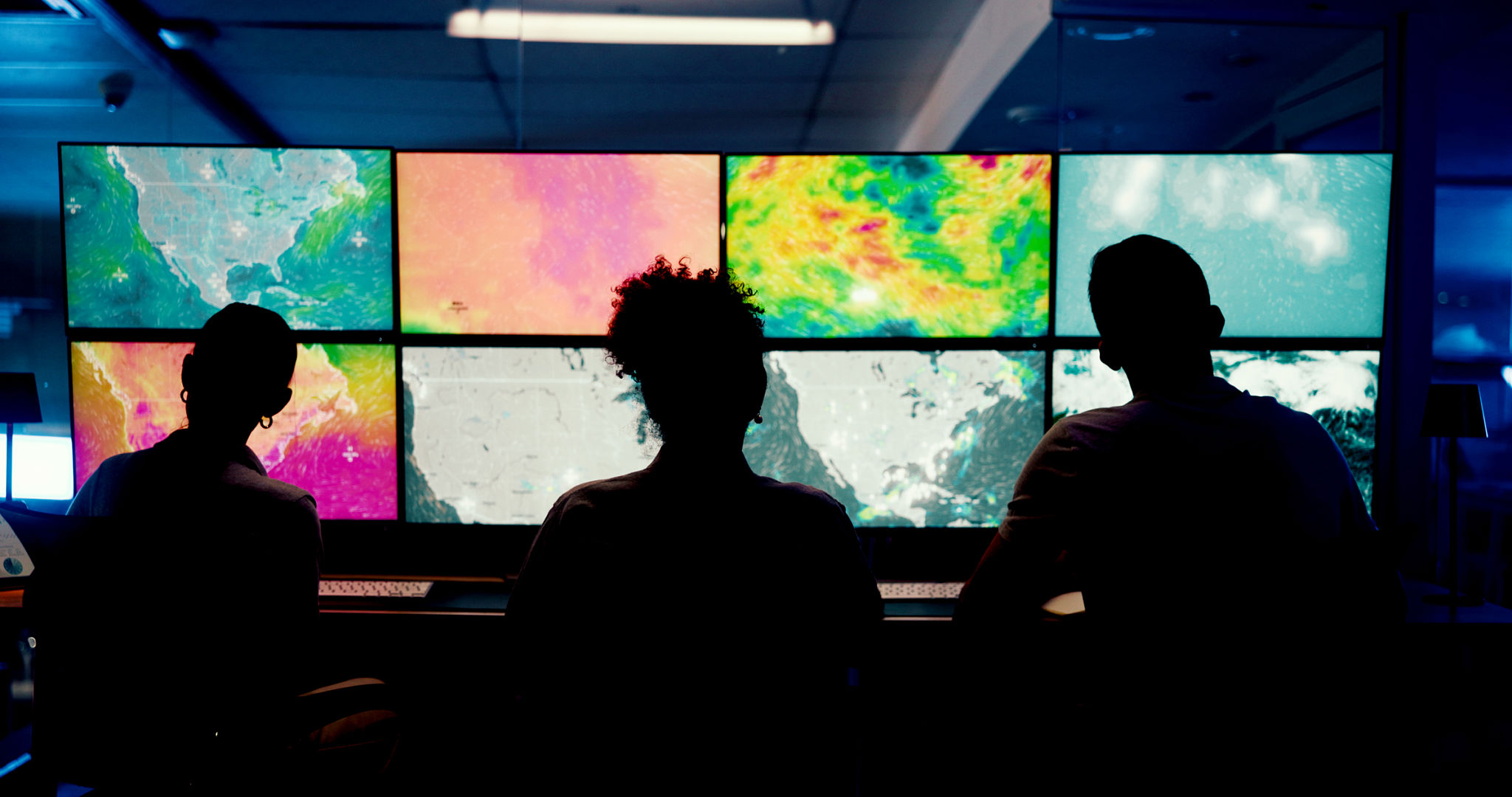The Role of Drones in California's Environmental Monitoring
Introduction to Drones in Environmental Monitoring
In recent years, drones have become an invaluable tool for environmental monitoring, especially in states like California where diverse ecosystems present unique challenges. Drones offer a new perspective, literally and figuratively, on how we understand and manage our natural resources. With their ability to capture high-resolution images and collect data from hard-to-reach places, drones are transforming the way environmental scientists and policymakers approach conservation and sustainability.

Advantages of Using Drones
One of the primary advantages of using drones in environmental monitoring is their ability to access remote or dangerous areas without putting human lives at risk. Whether it's surveying wildfire damage or monitoring wildlife in sensitive habitats, drones provide a safe and efficient method of data collection. Additionally, drones can cover large areas quickly, allowing for real-time data analysis and more informed decision-making.
Cost-Effective Data Collection
Compared to traditional methods like manned aircraft or satellite imaging, drones offer a more cost-effective solution for environmental monitoring. They require less manpower and can be deployed quickly in response to environmental events such as oil spills or forest fires. This affordability makes it easier for smaller organizations and research teams to conduct comprehensive studies.

Drones in Action: Case Studies
In California, drones have been used to monitor a variety of environmental issues. For instance, they have played a crucial role in assessing the impact of drought on agricultural lands. By capturing detailed images of crop health, drones help farmers optimize water usage and improve yields. Another significant application is in wildfire management, where drones provide real-time aerial views that assist firefighting efforts and post-fire recovery planning.
Wildlife Monitoring and Conservation
Drones are also instrumental in wildlife monitoring efforts across California. They enable researchers to track animal populations, study migration patterns, and even detect poaching activities with minimal disturbance to the wildlife. This technology is particularly beneficial for endangered species, helping conservationists develop effective strategies to protect them.

Challenges and Considerations
Despite their numerous benefits, the use of drones in environmental monitoring is not without challenges. Regulatory issues can pose significant hurdles, as drone operations are subject to strict Federal Aviation Administration (FAA) regulations. Furthermore, concerns about privacy and data security must be addressed to ensure public trust and compliance with legal standards.
Technical Limitations
Drones are also limited by factors such as battery life and weather conditions. Heavy winds or rain can impede their functionality, while limited flight time can restrict the extent of data collection. However, ongoing advancements in drone technology continue to mitigate these issues, promising even greater capabilities in the future.
The Future of Drones in Environmental Monitoring
As drone technology evolves, so too does its potential impact on environmental monitoring. Innovations such as artificial intelligence integration and enhanced sensor capabilities are opening new doors for more precise data collection and analysis. In California and beyond, drones will likely play an increasingly vital role in addressing environmental challenges and promoting sustainable practices.
Ultimately, drones represent a powerful tool in our quest to understand and protect the environment. By leveraging their unique capabilities, we can gain deeper insights into ecological systems and develop more effective solutions for preserving our planet's natural resources.
